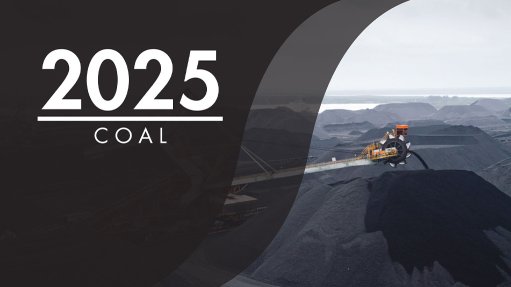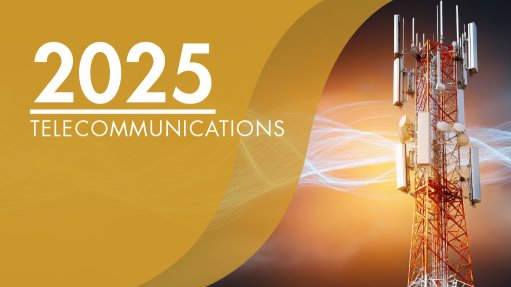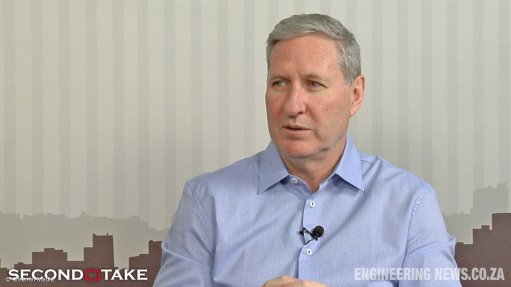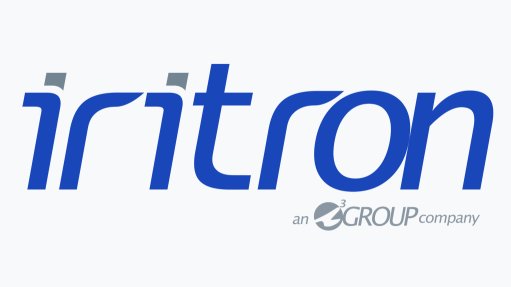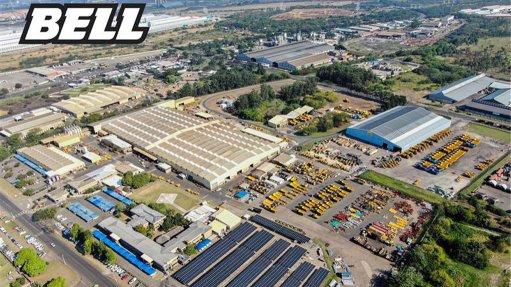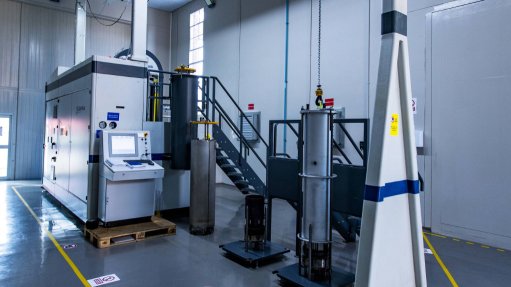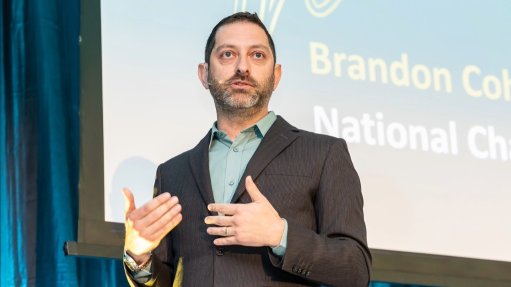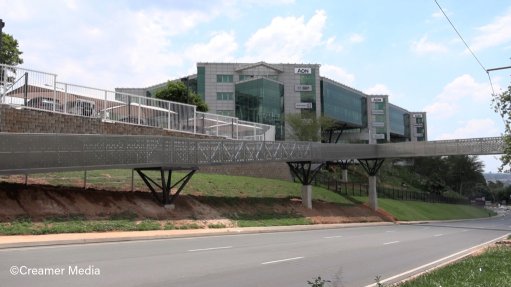Embedded ESG strategies unlock tangible results

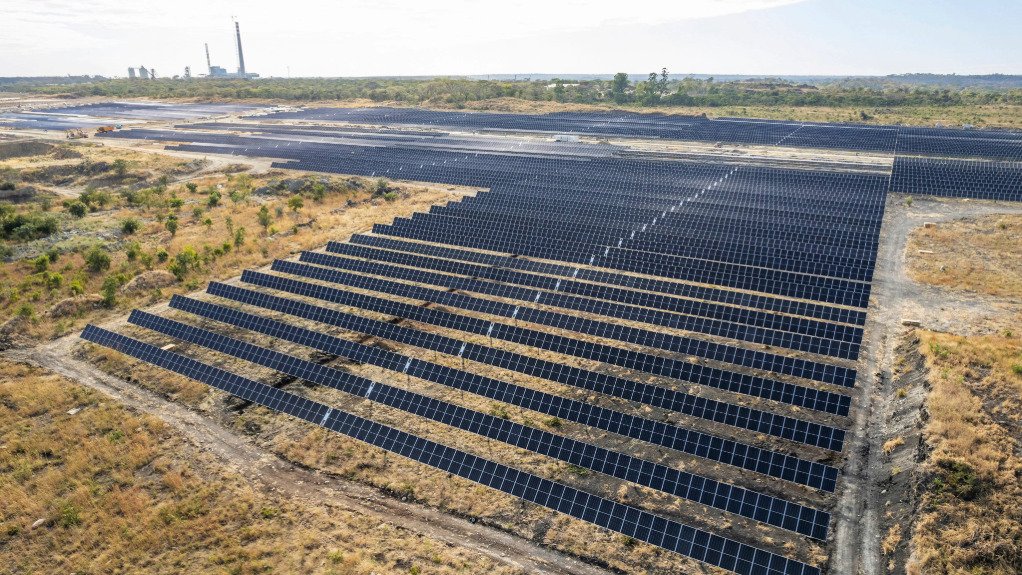
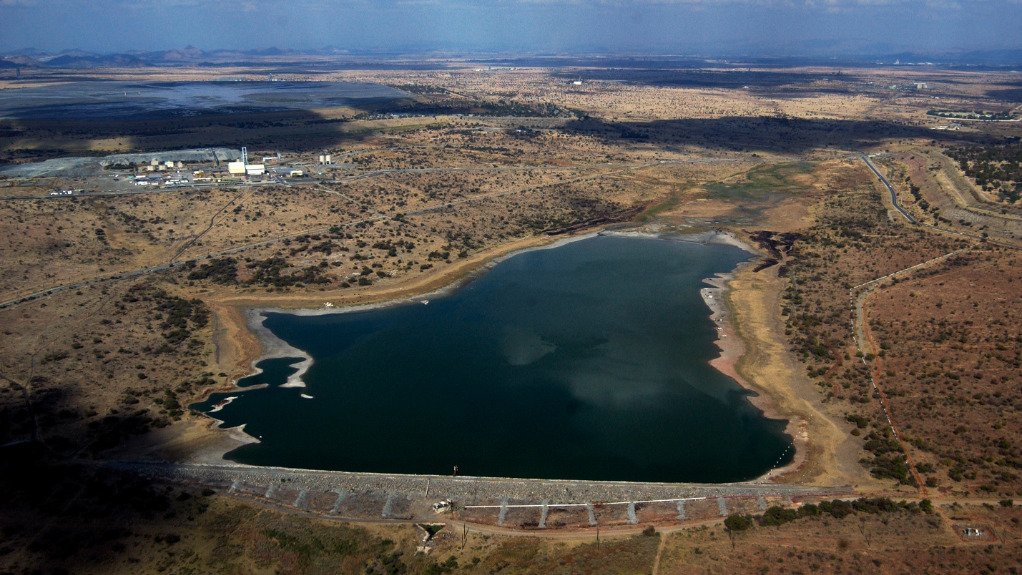
SOLAR POWER At its Zimplats operation, Implats has successfully commissioned the first 35 MW of its intended 185 MW solar power complex
REUSING AND REDUCING Tailings returns water is used in Implats' processing operations and later re-used underground for drilling, reducing fresh water consumption
Embedding environmental, social and governance (ESG) strategies in a comprehensive business framework has enabled platinum group metals (PGMs) producer Impala Platinum Holdings Limited (Implats) to make significant progress in translating corporate commitments into tangible results at site level, says Implats sustainable development executive Dr Tsakani Mthombeni.
Implats is a sponsor of the upcoming Joburg Indaba, to be held from October 8 to 9, at the Inanda Club, in Johannesburg. The two-day conference will feature critical and constructive conversations on key issues impacting on the mining industry, including a panel on the global shifts shaping the PGMs industry, during which Implats CEO Nico Muller will participate.
One of the most significant shifts affecting Implats is the growing emphasis on ESG, notes Mthombeni, elaborating that the company is responding to these shifts by strengthening its ESG framework, demonstrating the company’s ability to adapt to an evolving PGMs market.
Aligned with international objectives and standards – such as the UN’s Sustainable Development Goals, and mining and metals advocacy group International Council on Mining and Metals’ performance standards – Implats’ framework identifies material issues that it aims to address through its strategy, capital allocation and operational key performance indicators, with priorities such as climate change response, water conservation, rehabilitation and biodiversity.
Implats’ climate change response strategy is anchored in five pillars: managing physical climate risks, reducing its greenhouse-gas (GHG) footprint, positioning itself for a low-carbon future, managing transition risks and enhancing transparency.
Mthombeni adds that Implats has comprehensively reviewed its operations across its mine-to-market value chain – including mines, smelters and refineries – to identify sources of GHG emissions. Implats is addressing them by improving energy efficiency, shifting to renewable-energy-derived electricity, exploring zero-carbon fuels adoption and investing in credible carbon offsets.
To improve energy efficiency, Implats has also installed various technologies to optimise compressor use and ventilation, upgraded procurement standards to prioritise energy efficient motors, and implemented enhanced leak-detection and repair systems underground.
Mthombeni notes that Implats’ major GHG emissions are indirectly generated, and are categorised as Scope 2 classification, primarily owing to South Africa’s electricity generation being primarily coal-based.
To address these emissions, the company is pursuing behind-the-meter solar PV and wind energy projects, along with feasibility studies for energy wheeling and exploring partnerships with energy traders.
Its Zimplats operation successfully commissioned the first 35 MW of its intended 185 MW solar power complex and the second phase, for 45 MW, was approved by the board in November last year.
Implats also signed a five-year renewable energy supply agreement to supply wheeled wind and solar renewable energy to Impala Refineries. The agreement will see the supply up to 90% of Impala Refineries’ electricity needs from the end of the second quarter of 2026, reduce Scope 2 GHG emissions by more than 852 000 t of CO2-equivalent over the first five years and yield cost savings.
In addition, Impala Rustenburg entered into an agreement to assess the feasibility of a 50 MW solar power plant at the operation.
Water Stewardship
To transition from basic water management to holistic, forward-looking water stewardship, Implats’ focus now extends beyond operational boundaries to include supply chains, surrounding communities and long-term post-closure scenarios.
A notable shift, says Mthombeni, has been the adoption of catchment-level risk assessments to understand upstream and downstream water users. This has resulted in Implats joining water forums in the regions in which it operates, including in Impala Rustenburg in North West, near its Marula mine in Limpopo, Impala Refineries in Gauteng and Zimplats in Zimbabwe.
In addition to gaining insights into regional water master planning for long-term water security, he says the forums enable Implats to participate in knowledge exchange and government-led initiatives.
To ensure accountability and efficiency, Implats has improved its water metering process, enhancing the tracking and reporting of recycled water volumes.
Through these initiatives, Implats aims to ensure sustainable water supply for immediate operations and for the future while assuring its board and stakeholders of the impact of Implats’ initiatives, Mthombeni says.
The company is also investing in water infrastructure, such as reservoirs and lining new tailings storage facilities (TSFs), to optimise water recycling and reuse efforts.
There have been significant improvements in this regard, he says, with the company’s recycling rates having increased over the past six years from about 42% to 59%. This includes the use of rock-wall and other dams to harvest rainwater, which is used in plant operations instead of fresh water, and tailings returns water, which is used in the processing operations and later re-used underground for drilling.
Implats also treats and reuses grey water from employee housing at its operations, in South Africa and Zimbabwe, creating a closed-loop system that supports operational needs while meeting water-recycling targets.
At its Rustenburg operation, grey water is sourced from neighbouring sewage systems, in collaboration with neighbouring mining companies, for treatment and reuse.
Rehabilitation
Considering recent TSF failures globally and in South Africa, Implats is placing greater importance on tailings management and biodiversity protection, with the company investing in innovative technologies to enhance safety and environmental performance, says Mthombeni.
These technologies include drone monitoring to ensure even deposition of tailings material, solar-powered live level sensors around TSF perimeters for real-time movement detection, and the integration of short-term weather forecasts to anticipate and mitigate risks from rainfall.
Implats also prioritises long-term biodiversity stewardship by ensuring that rehabilitation and closure planning are integrated from the outset of mining projects, he says.
This includes comprehensive baseline studies of land prior to disturbance, concurrent rehabilitation on impacted land during operations and sufficient financial provisions for closure, thereafter.
Concurrent rehabilitation allows for a phased approach, as opposed to significant rehabilitation projects after operations. Implats’ rehabilitation efforts entail removing infrastructure and land grading, as well as revegetation using locally sourced skills and labour, Mthombeni explains.
To ensure transparency, Implats reports on rehabilitation progress to its board on a yearly basis, detailing land that is prepared for rehabilitation and associated funding requirements, he concludes.
Article Enquiry
Email Article
Save Article
Feedback
To advertise email advertising@creamermedia.co.za or click here
Comments
Press Office
Announcements
What's On
Subscribe to improve your user experience...
Option 1 (equivalent of R125 a month):
Receive a weekly copy of Creamer Media's Engineering News & Mining Weekly magazine
(print copy for those in South Africa and e-magazine for those outside of South Africa)
Receive daily email newsletters
Access to full search results
Access archive of magazine back copies
Access to Projects in Progress
Access to ONE Research Report of your choice in PDF format
Option 2 (equivalent of R375 a month):
All benefits from Option 1
PLUS
Access to Creamer Media's Research Channel Africa for ALL Research Reports, in PDF format, on various industrial and mining sectors
including Electricity; Water; Energy Transition; Hydrogen; Roads, Rail and Ports; Coal; Gold; Platinum; Battery Metals; etc.
Already a subscriber?
Forgotten your password?
Receive weekly copy of Creamer Media's Engineering News & Mining Weekly magazine (print copy for those in South Africa and e-magazine for those outside of South Africa)
➕
Recieve daily email newsletters
➕
Access to full search results
➕
Access archive of magazine back copies
➕
Access to Projects in Progress
➕
Access to ONE Research Report of your choice in PDF format
RESEARCH CHANNEL AFRICA
R4500 (equivalent of R375 a month)
SUBSCRIBEAll benefits from Option 1
➕
Access to Creamer Media's Research Channel Africa for ALL Research Reports on various industrial and mining sectors, in PDF format, including on:
Electricity
➕
Water
➕
Energy Transition
➕
Hydrogen
➕
Roads, Rail and Ports
➕
Coal
➕
Gold
➕
Platinum
➕
Battery Metals
➕
etc.
Receive all benefits from Option 1 or Option 2 delivered to numerous people at your company
➕
Multiple User names and Passwords for simultaneous log-ins
➕
Intranet integration access to all in your organisation






